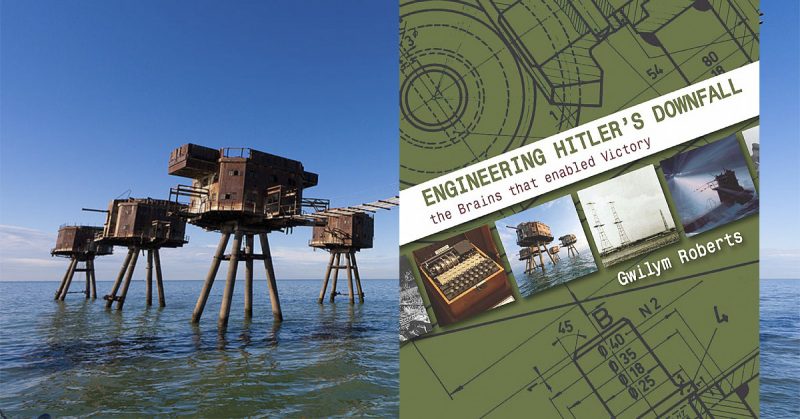You may have noticed that Christmas is coming and you might be wondering what to get for that difficult so-and-so who usually responds with “nothing” or “socks” when asked if there is anything they would like.
I am that person. But, I do like a book I can return to for bite size browsing and this interesting compendium of wartime engineering and science facts by Gwilym Roberts is right up my street.
The author is one of the UK’s leading engineers with an eye for the important stuff, whether it be the people or the things they made. His book runs through the Second World War explaining how a combination of science and engineering overcame a great number of obstacles to produce war winning systems, weapons and kit.
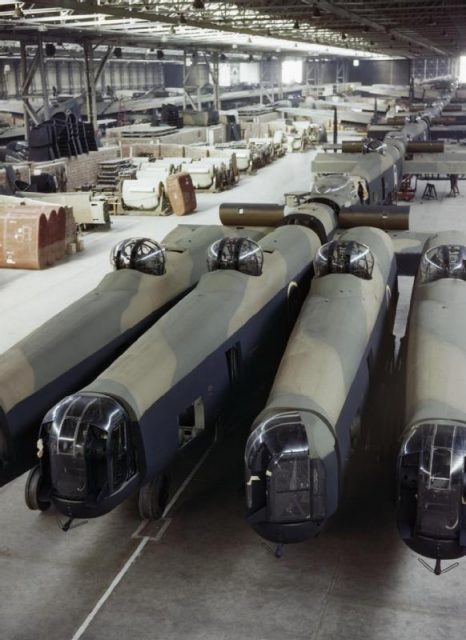
It isn’t all about the sexy stuff, because the author delves into the more mundane corners to shed light on people concerned with diets, health and food production because these were vital to maintaining the workforce and the military.
The book shows us some of the really serious stuff – radar and sonar, code breaking and the sigint world, the first computers, engine development, Bailey bridges, the Mulberry Harbours and much, much more besides. In addition to the inventions we also spend a little time with the brains behind them.
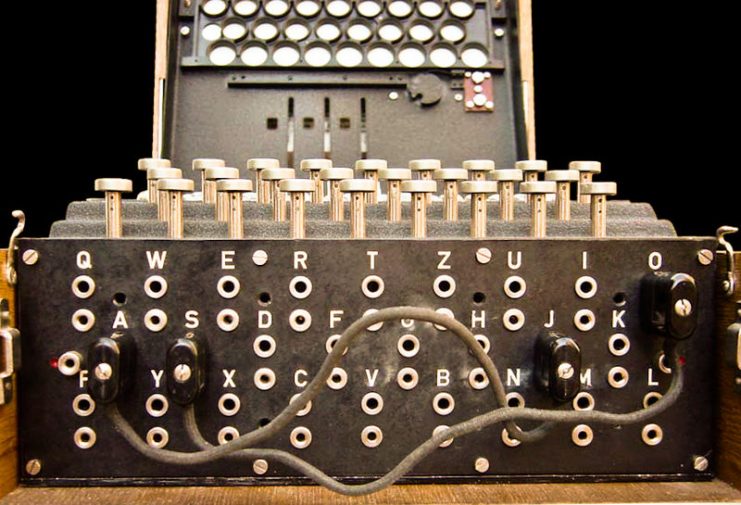
Mr Roberts provides a series of potted biographies of some of the greatest names of wartime science from Alan Turing and Donald Bailey to Barnes Wallis, Arnold Wilkins and Robert Watson-Watt. It isn’t all about the blokes. Mr Roberts recounts the important role played by women in science and engineering during the war and none of this should be underestimated.
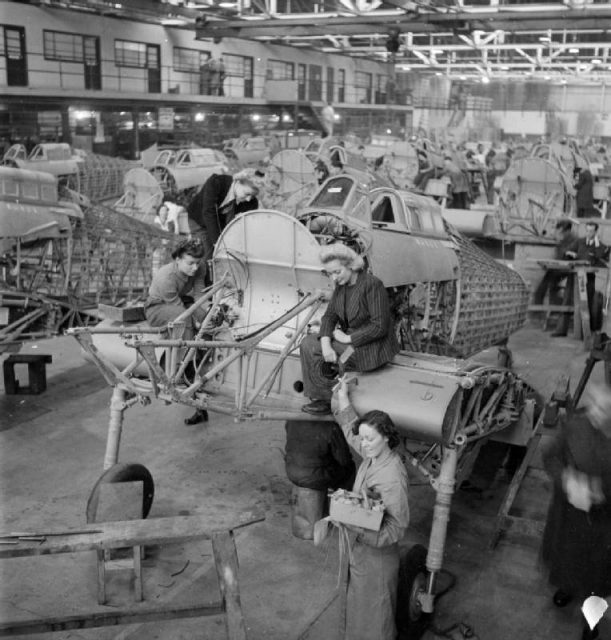
It can be no surprise that a great deal of emphasis goes on the work done to win the Battle of the Atlantic. The defeat the U-Boat menace was not just won at sea; so much vital work was done in laboratories and workshops to give the navy and air force the tools required to do the job.
The same applies to air defence with the development of radar and the system put in place to help protect the British Isles from German attack.
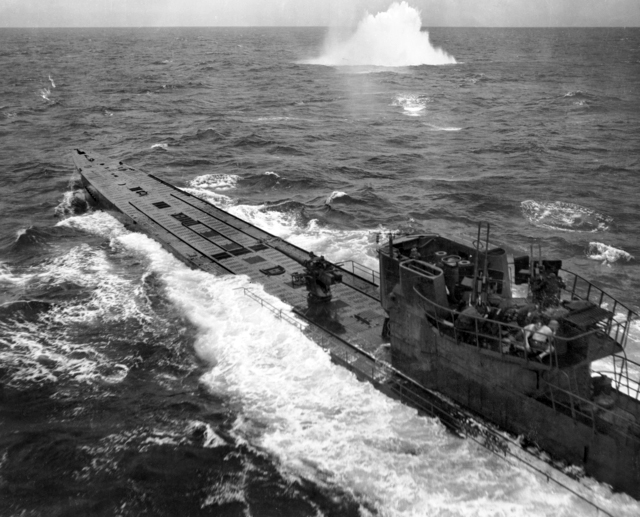
Taking the war to the enemy was quite obviously a matter of intense work in support of the armed forces. We see the aforementioned bridging systems, specialised vehicles and weapons used by the Allies to defeat the Nazis alongside the essentials keeping the show on the road.
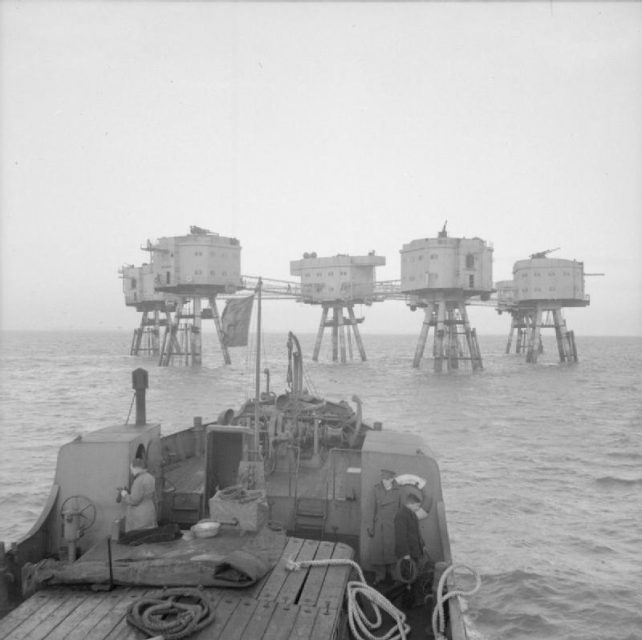
The success of this book is in its treatment of the big picture, reminding us of the huge effort carried out across the widest range of issues to bring about victory. Much of the work done was of far reaching importance for our modern world, laying down the foundations of technology and methods we take for granted in the 21st century.
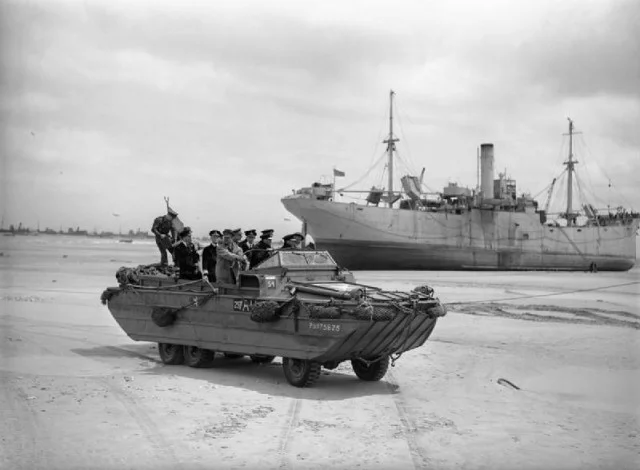
What it also does is shine light on the amazing people who were the brains behind it all in a way that encourages further investigation. The book is effectively a convenient one-stop shop to draw us into the fields of wartime science and engineering so we go away seeking more.
I profess to being cautious or downright averse to books that name Hitler in their title. They are often the stuff of marketing department blue-sky sessions at publishers hoping to maximise attention on their books and I usually steer well clear of them. This book, however, is great fun along with being informative and a timely reminder that wars are not just won on the battlefield.
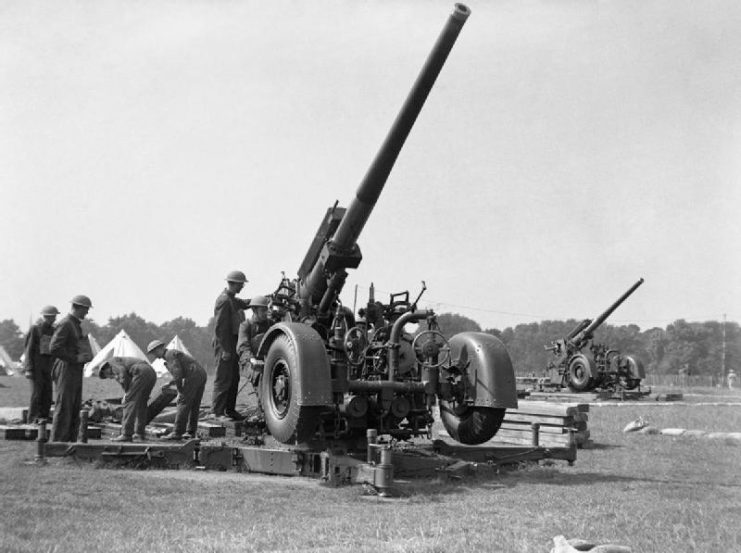
The book offers us something a bit different from the usual fodder and I can recommend it as an ideal stocking present for that person you know who is a nightmare to please at this time of the year. You might also fancy the book for yourself, in which case there is still plenty of time to drop the required hints wherever they are needed.
Reviewed by Mark Barnes for War History Online
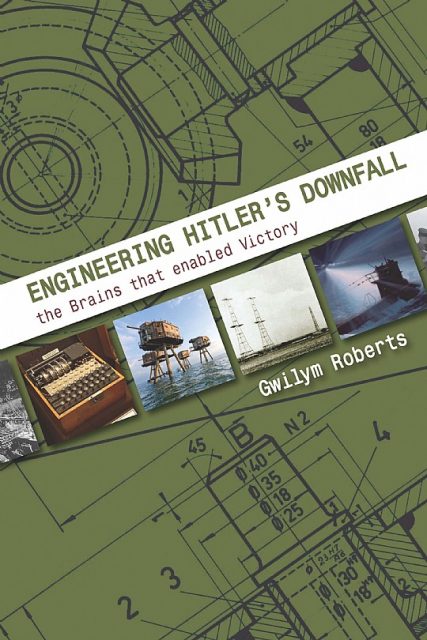
ENGINEERING HITLER’S DOWNFALL
The Brains That Enabled Victory
By Gwilym Roberts
Whittles Publishing
ISBN: 978 1 84995 386 3
